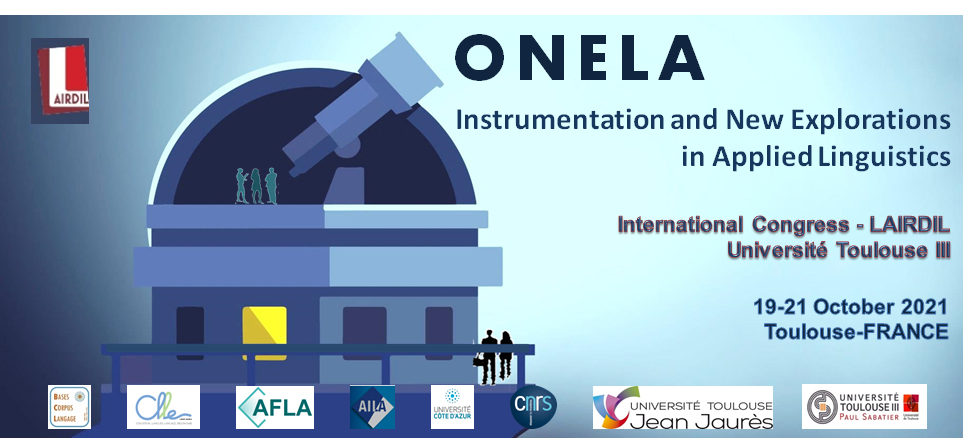Crisis management training prepares military and civilian staff for work in crisis areas around the world. English is a common working language and lingua franca (ELF) in multinational missions, and thus also in training. However, it is not the native language of the participants. Language skills are not a learning objective in crisis management training, in fact, working level English is a requirement, but for many participants a multinational working environment is not customary and thus language learning, language use, and language competence become focal parts of the training even if the participants may not directly orient to them per se (Firth 2009). In this study we use the method of conversation analysis (Sidnell & Stivers 2013) to examine ordinary situations in crisis management training, focusing on the linguistic and multimodal practices participants use to overcome language related troubles during their tasks in the training. The research data consist of video-recordings and ethnographic field notes from two UN military observer courses and a computer-aided crisis management exercise, VIKING 18. In this talk, we illustrate how troubles in language use are indicated and recognised in the moment-by-moment unfolding of interaction. Preliminary findings show that these difficulties typically relate to not being able to produce the next item in the ongoing turn (i.e., searching for words or formulations; see Svennevig, 2018), which the speaker makes relevant by employing different strategies. While some of the strategies are vocal, such as typical repair-initiation techniques (e.g., cut-offs, rising intonation, explicit expressions; cf. Hosoda, 2006) or direct requests for assistance, trouble can also be implicitly flagged via other repair-initiating nonverbal resources (e.g., gaze, head-tilts). Although these moments present foremost a practical problem for the current speaker, our analysis shows how they become collaboratively solved through both participants' verbal and embodied conduct. Our findings contribute to a better understanding of multimodal and recipient-designed ways to initiate and solve problems in multilingual work settings (Wagner, 2018), and expand the body of research on ELF and foreign language learning, use, and competence outside the classroom environment.
Firth, A. (2009). Doing not being a foreign language learner: English as a lingua franca in the workplace and (some) implications for SLA. International review of applied linguistics in language teaching, IRAL, 47(1), 127-156. https://doi.org/10.1515/iral.2009.006.
Hosoda, Y. (2006). Repair and relevance of differential language expertise in second language conversations. Applied Linguistics, 27(1), 25-50. https://doi.org/10.1093/applin/ami022.
Sidnell, J. & Stivers, T. (2013). The Handbook of Conversation Analysis. Malden, MA: Wiley-Blackwell.
Svennevig, J. (2018). “What is it called in Norwegian?” Acquiring L2 vocabulary items in the workplace. Journal of Pragmatics, 126, 68-77. https://doi.org/10.1016/j.pragma.2017.10.017.
Wagner, J. (2018). Multilingual and multimodal interactions. Applied Linguistics, 39(1), 99-107. https://doi.org/10.1093/applin/amx058.
- Poster

 PDF version
PDF version

